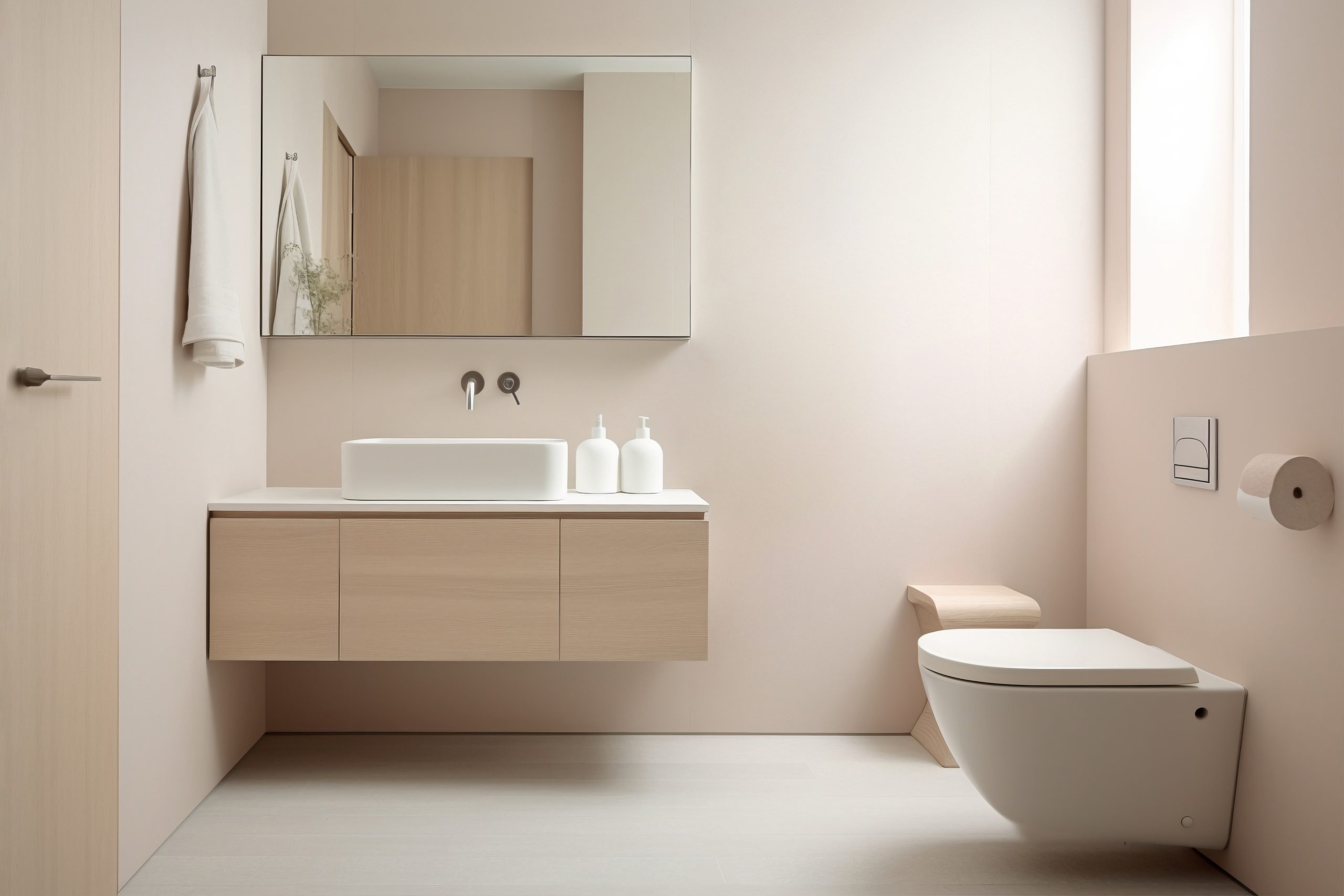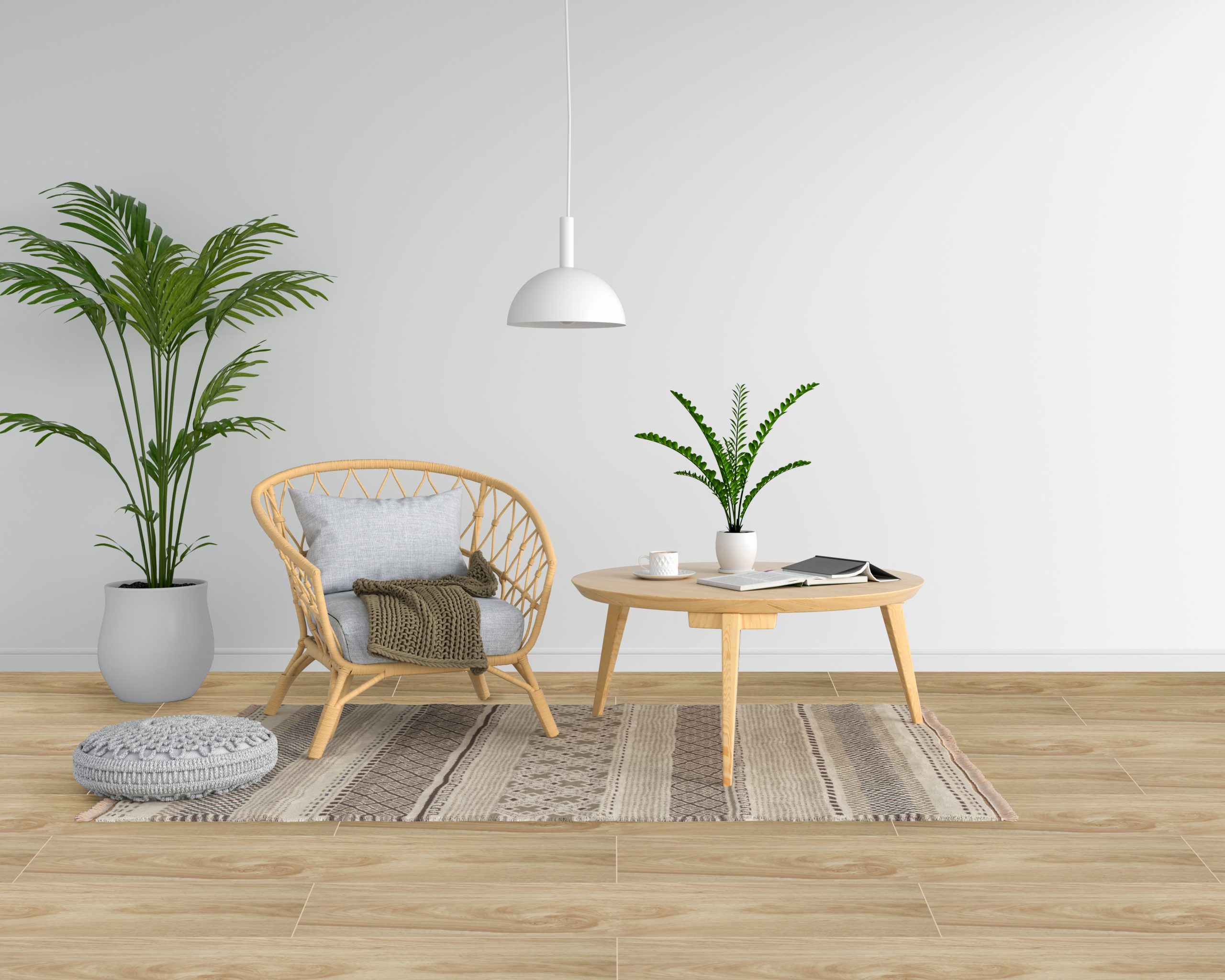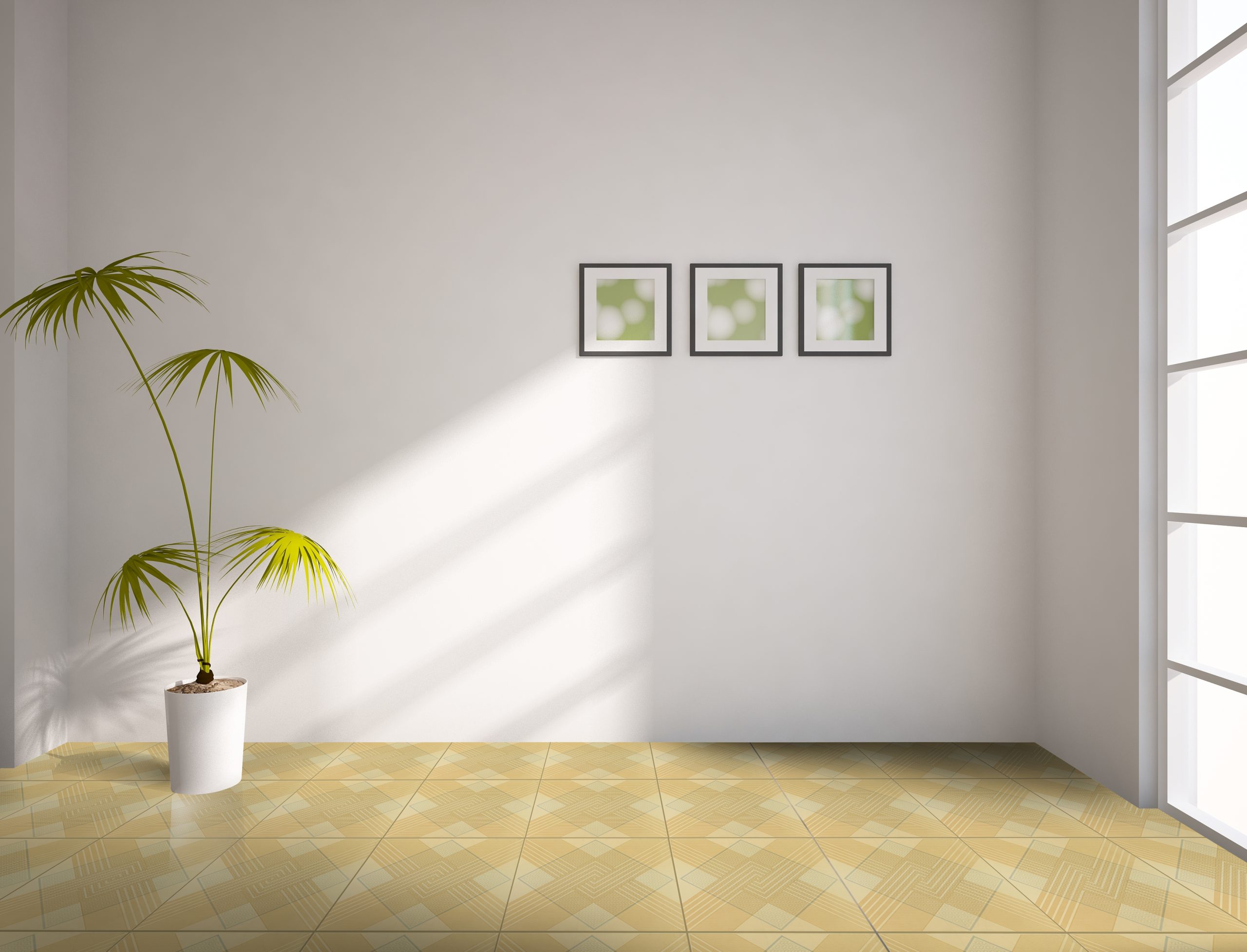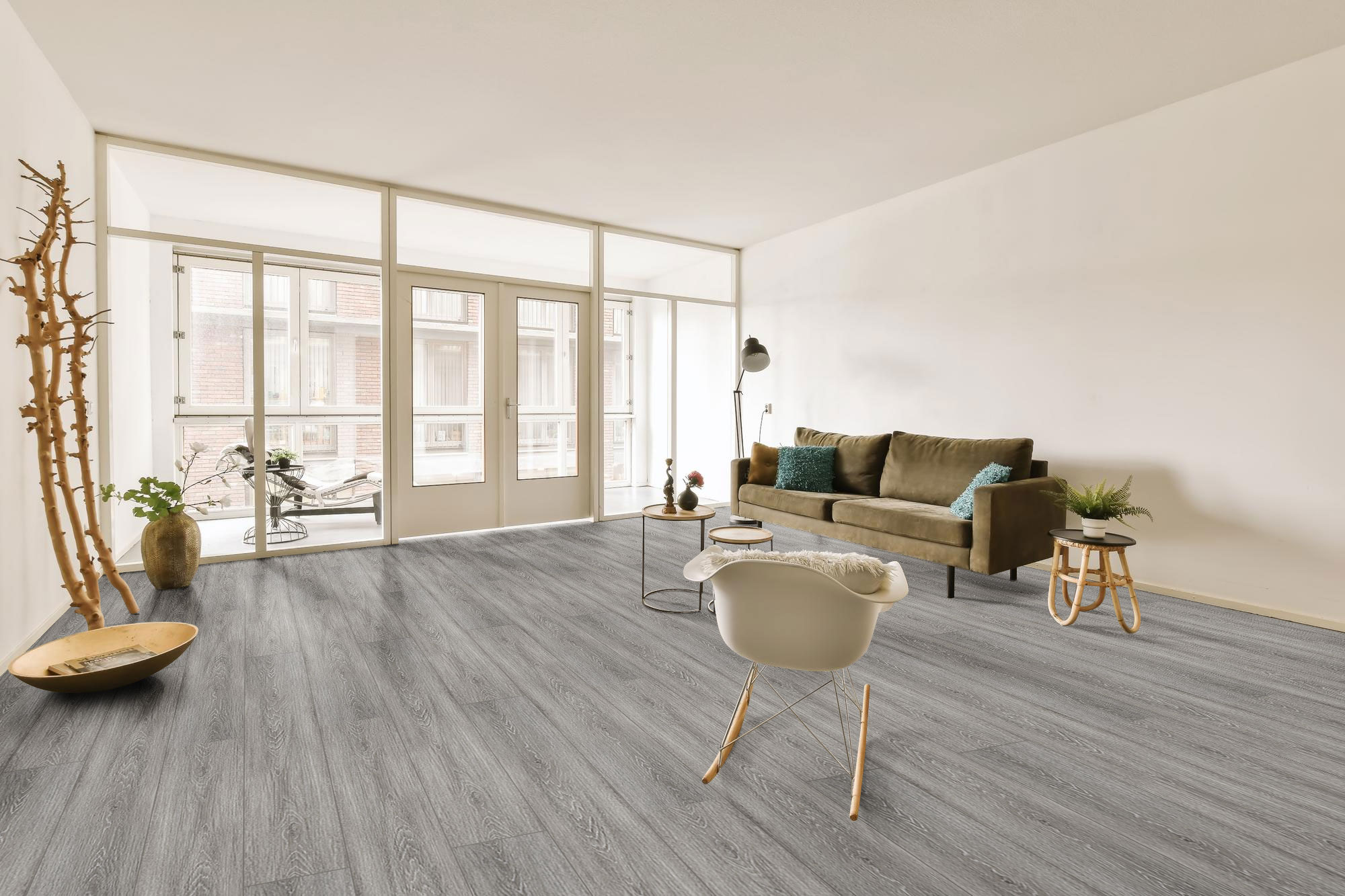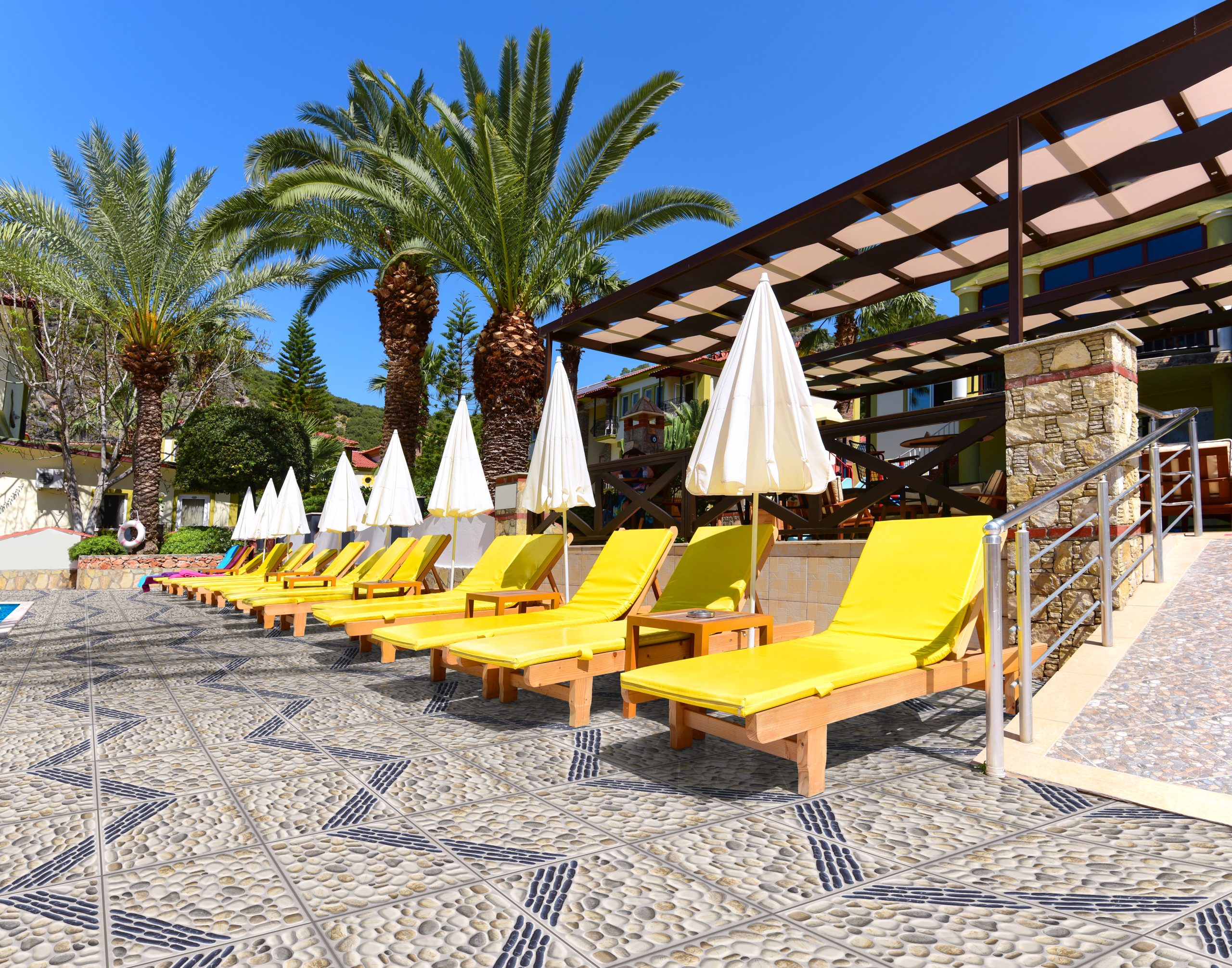Thankfully, the world is slowly transitioning to sustainable materials. From tile designs in the Philippines to utensils, you can expect an eco-friendly sustainable alternative. In almost all aspects of our lives, we produce waste that is detrimental to our environment. Synthetic materials can take years to decompose and some of these components are non-renewable as well. As of right now, we’re making efforts to slowly revive our environment. Even if it’s slow in progress, this effort can save the environment for future generations.
More and more companies are looking into creating eco-friendly products. They are becoming more aware of the potential after-effects that harmful chemicals used in production. Even if these products come off as a trend, they can still contribute to a better environment. Before you jump in and buy every product labeled as eco-friendly, do yourself a favor and look at the components and patents of each product. Buy a legitimate product from a credible company and avoid being blinded by imitations.
Environmental Impact

The environmental impact of unsustainable products is damaging the earth permanently. Various forms of water are being littered with plastic, damaging the ecosystem and the animals that are living in it. Our supplies and the exploitation of limited sources can leave future generations bare, with a lower quality of life. It’s our job to take care of what’s left of the gift that was given to us.
The Impact of Eco-Friendly Products

Let’s look at what the term “eco-friendly” really means. This term essentially means that the product is not harmful to the environment. The benefits of eco-friendly products are not just focusing on the earth but the well-being of people as well.
Cost Efficiency
Eco-friendly products start off expensive but the long term benefits are cheaper. These products last as long as their synthetic counterparts. Recycled materials are used to produce eco-friendly materials with sturdy compositions that are able to withstand impact.
Lifestyle Change
Converting to eco-friendly products can ultimately let you avoid dangerous chemicals that are present in plastic. These dangerous chemicals can affect the health of living beings in various aspects, from cardiovascular problems to autoimmune disorders.
What Is World Environment Day?

Every 5th of June, World Environment Day is celebrated. Various communities around the world come together to raise awareness about the importance of sustaining the environment. This day aims to show the positive global impact of environmental regulations and controls. Communities engage in various activities to educate individuals about the impact of their actions towards the environment and how to improve their area locally.
World Environment Day is under the United Nations Environmental Program and aims to create awareness and action worldwide that are dedicated to the environment. Community members of UNEP work together to inform other communities about environmental issues through the creation of various treaties and regulations for countries to sign that is based on vast environmental initiatives.
The first World Environment Day was celebrated in 1973 and since then, it’s become a tradition for many cities in the world to take the time to inform the public and celebrate the hard work of the resilient environmentalists. If you’re planning to celebrate World Environment Day as a community or as an individual, you can try out these activities with your friends or family.
- Participating in gardening
- Eat locally grown, organic products
- Help out and collect trash in your community
- Educate others about the importance of World Environment Day
- Avoid littering
- Properly dispose of hazardous waste
- Riding a bicycle
- Buy environmentally sustainable and eco-friendly products
Building an Eco-Friendly Home
There are plenty of ways to build eco-friendly homes. More manufacturers are seeing the importance of sustainability for their materials. There are now windows that have low-emission rates and floor tiles that are made with organic materials. These amazing innovations in building materials allow you to make the right choices to transform your home into an environmentally sustainable structure.
Floor Center established its first store in 1997 and continues to provide the need to supply only the highest quality tiles. The company has transformed itself into a proper benchmark for industry standards. To tie in with World Environment Day, Floor Center is now offering unique ceramic tiles made from natural inorganic raw materials. Don’t worry about any allergens that can affect your immune system, as Floor Center makes sure that these tiles are hypoallergenic.
The tiles are manufactured to be inhospitable to dust mites, germs, and dangerous microbes. For your family, you can be assured that there are no toxins present in the tiles. It’s formaldehyde free, PVC-free, and zero volatile organic compounds will be emitted, which can deeply affect your health. The tiles are also easy to clean, you don’t need to use any harsh chemicals to remove dirt and debris. Lastly, Floor Center ceramic tiles are made from flame-resistant material, perfect for kitchens. Below are some of our most popular collections for your eco-friendly tile solutions.
Foyer: 60 x 60 Basaltina

Bathroom: 59.5 x 59.5 Atlantis Marble

Kitchen: 60 x 60 – 30 x 60 Alfa

Living Room: 60 x 60 Slate

Key Takeaway
Tile designs in the Philippines have come a long way. The future of tile design is now pivoted towards sustainable living. Floor Center is inviting you to be part of the solution. Green and innovative products are now available as options for your flooring needs. Floor Center has a diverse catalog of designs and sizes to choose from. You can choose a polished tile for your bathroom and a matte finish for your foyer. Start an environmentally sustainable life at home today!
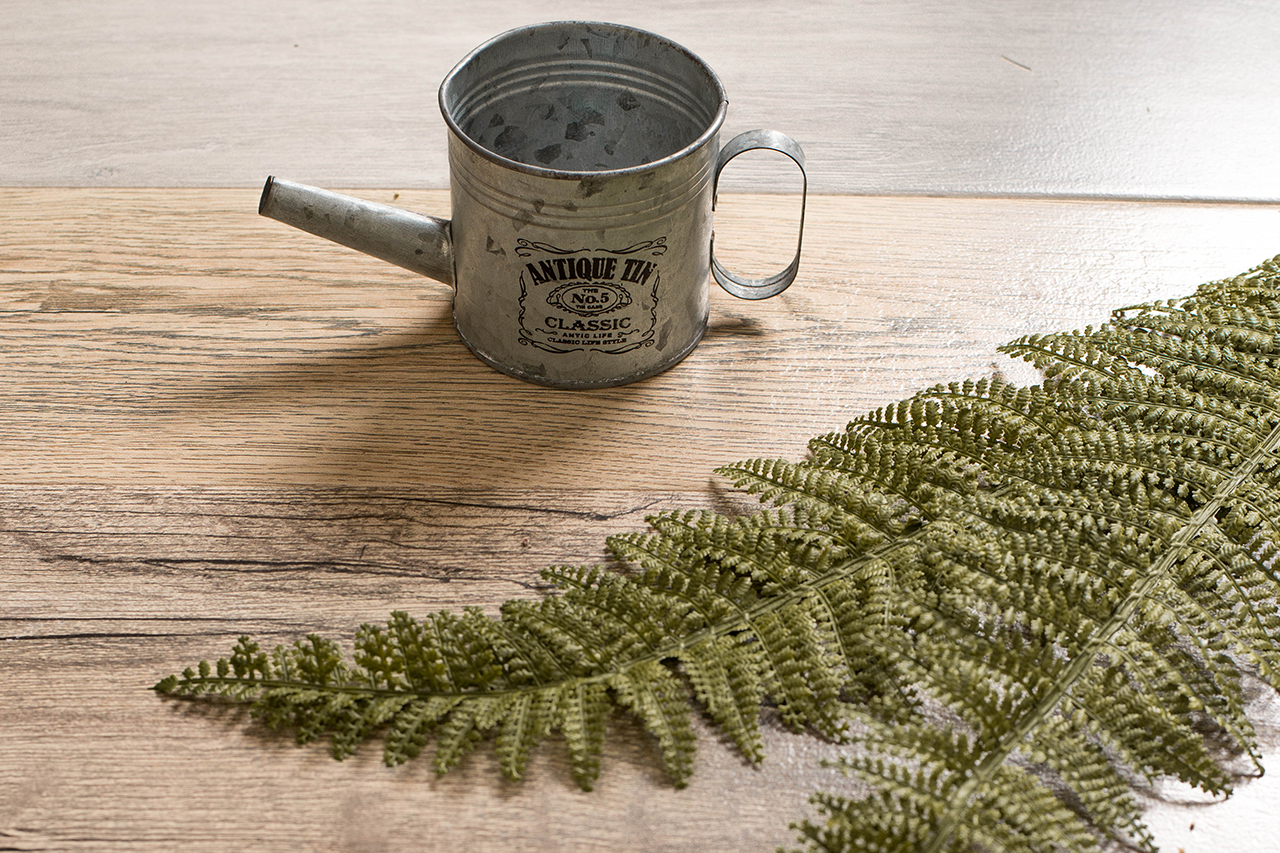


![Things to Look for to Ensure Tile Quality [30x60] Y366](https://blog.floorcenter.com/wp-content/uploads/2018/09/30x60-Y366-1024x768.jpg)

